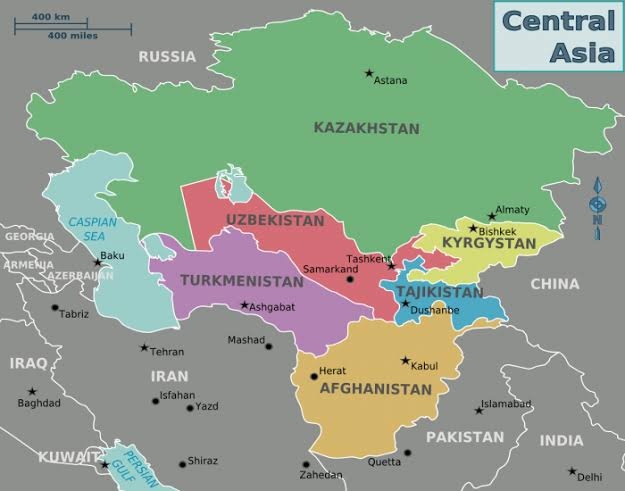Good Evening Friends,
We are Posting Today’s Prelims Marathon
About Prelims Marathon – In this initiative, we post 5 high-quality MCQs daily. Questions are based on the static part of the syllabus. We at ForumIAS believe that practicing quality questions on a daily basis can boost students’ prelims preparation.
For old Archives of Prelims Marathon, Click on “Archives”
[WpProQuiz 1396]







RESULTS
3 of 5 questions answered correctly
Your time: 00:02:58
You have reached 3 of 5 scores, (60%)
3/5
2/5
RESULTS
5 of 5 questions answered correctly
Your time: 00:02:18
You have reached 5 of 5 scores, (100%)
Central Asian countries,, not Afghanistan
Afghanistan